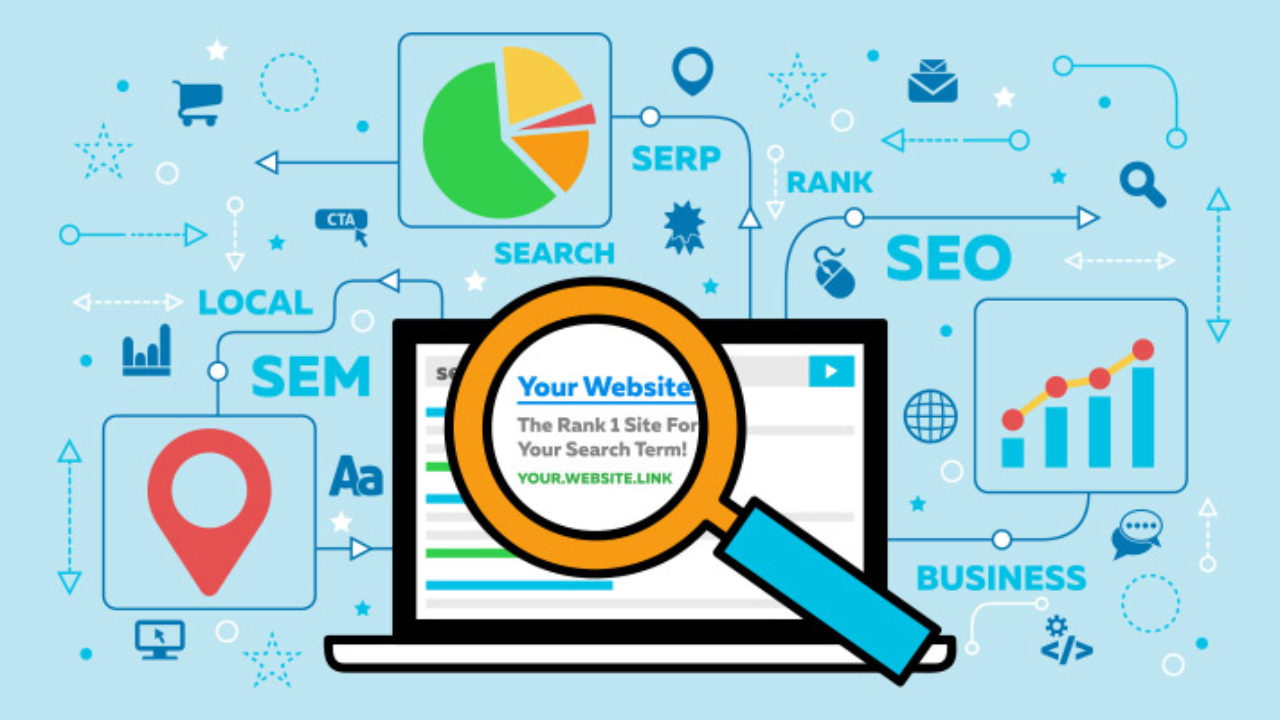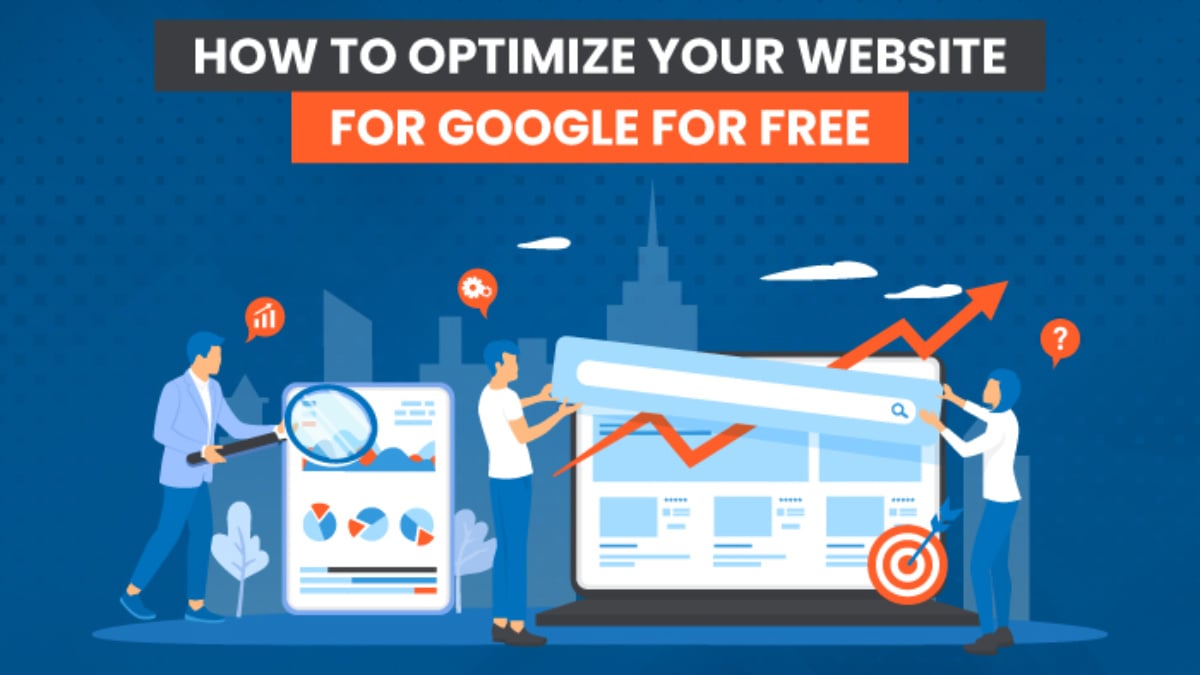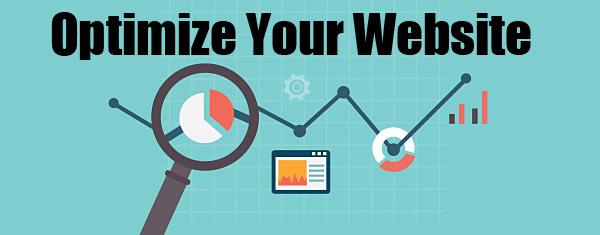To optimize your website, focus on improving page load speed and creating quality content. Use relevant keywords strategically throughout your site.
Optimizing your website is crucial for better search engine rankings and user experience. Start by enhancing page load speed, as faster websites retain visitors and reduce bounce rates. Quality content is key; it attracts and engages users while helping search engines understand your site’s relevance.
Use keywords naturally in your content, meta tags, and URLs to improve visibility. Mobile optimization is vital, ensuring your site is accessible on all devices. Regularly update your site to keep it fresh and relevant. Implementing these strategies boosts traffic, increases engagement, and enhances your website’s overall performance.
Keyword Research
Effective Keyword Research is the backbone of any successful SEO strategy. It helps identify the terms your audience uses to find information. This section will guide you through finding opportunities and analyzing competitors.
Finding Opportunities
Start with a brainstorming session. List words related to your niche. Use tools like Google Keyword Planner and Ahrefs. These tools help find search volume and competition level.
Divide your keywords into short-tail and long-tail keywords. Short-tail keywords are general terms. Long-tail keywords are more specific phrases. For example, “shoes” is short-tail, “red running shoes for men” is long-tail.
Focus on long-tail keywords. They have less competition and attract targeted traffic. Create a table to organize your keywords:
| Keyword | Search Volume | Competition |
|---|---|---|
| Red running shoes for men | 1,000 | Low |
| Comfortable office chairs | 500 | Medium |
Analyzing Competitors
Identify your top competitors. Use tools like SEMrush or SpyFu. These tools show the keywords your competitors rank for. Analyze their content strategy. See what works for them.
Look at their meta descriptions and titles. Note the keywords they use. Compare their backlink profiles. Backlinks help search engines trust your site.
Check your competitors’ site structure. See how they organize content. Use this insight to improve your site.
Create a list of competitors’ successful keywords:
- Keyword 1: High search volume, low competition
- Keyword 2: Medium search volume, medium competition
Use this data to refine your own SEO strategy. Target the gaps your competitors missed. Stay ahead by constantly updating your keyword list.

Credit: innovativeadagency.com
On-page Seo
Optimizing your website involves many tasks. On-Page SEO is crucial for your success. It focuses on improving individual web pages. This enhances your ranking and drives traffic. Below, we delve into key aspects of On-Page SEO.
Title Tags
Title tags are essential for SEO. They define your page’s title. Search engines and users see this first. Use keywords naturally in your title tags. Keep them between 50-60 characters for best results.
- Include primary keywords.
- Keep it concise and descriptive.
- Avoid keyword stuffing.
Here’s an example code for a title tag:
Best SEO Practices for 2023 | Your Site Name Meta Descriptions
Meta descriptions provide a brief summary of your page. They appear in search results under the title tag. Write compelling and informative meta descriptions. Use keywords but keep it natural.
Optimal length: 150-160 characters. A well-crafted meta description increases click-through rates.
| Do | Don’t |
|---|---|
| Use action words | Duplicate meta descriptions |
| Include keywords | Mislead users |
Example:
Header Tags
Header tags (H1, H2, H3, etc.) structure your content. They make it readable and organized. Use one H1 tag per page for the main heading. Use H2 for subheadings and H3 for sections under those.
- Include primary keywords in H1 tags.
- Use secondary keywords in H2 and H3 tags.
- Keep headers clear and descriptive.
Example:
Ultimate Guide to SEO in 2023
Importance of On-Page SEO
Title Tags
Effective use of header tags improves readability. It also helps search engines understand your content structure.
Content Quality
High-quality content is the backbone of a successful website. It engages users and improves search engine rankings. Let’s explore key aspects of content quality: User Intent, Readability, and Multimedia Elements.
User Intent
Understanding user intent is essential. It helps you create content that meets users’ needs. Ask yourself, what does the user want to achieve? Are they looking for information, a product, or a service?
- Informational Intent: Users seek information or answers.
- Navigational Intent: Users want to find a specific website or page.
- Transactional Intent: Users are ready to buy or perform an action.
Align your content with these intents. This keeps users engaged and satisfied.
Readability
Readability ensures users can easily understand your content. Keep sentences short and use simple words. Avoid jargon and complex terms.
- Use short paragraphs.
- Include bullet points or numbered lists.
- Use headings and subheadings.
- Break content into digestible chunks.
These practices make your content more engaging and user-friendly.
Multimedia Elements
Multimedia elements enhance user experience. They make content more engaging and easier to understand. Include images, videos, and infographics.
| Element | Benefits |
|---|---|
| Images | Visual appeal, breaks text, easier comprehension. |
| Videos | Engagement, detailed explanations, emotional connection. |
| Infographics | Summarizes data, visual storytelling, quick insights. |
Use multimedia wisely. It should complement and enhance your content.
Technical Seo
Technical SEO is crucial for optimizing your website’s performance. It focuses on the backend aspects that improve search engine ranking. Below are some key areas of technical SEO that you should prioritize.
Site Speed
Site speed is a critical factor for user experience and SEO. A fast-loading site keeps users engaged and reduces bounce rates.
- Optimize images: Compress images to reduce file sizes.
- Minimize HTTP requests: Limit the number of components on each page.
- Use browser caching: Enable caching to store files locally on a user’s browser.
- Implement a Content Delivery Network (CDN): Distribute your content across multiple servers to reduce load times.
Mobile Optimization
Mobile optimization ensures your website is user-friendly on mobile devices. Google uses mobile-first indexing, so this is crucial.
- Responsive design: Use responsive web design to ensure your site adapts to different screen sizes.
- Touch-friendly buttons: Make sure buttons and links are easy to tap.
- Fast loading times: Ensure your mobile site loads quickly.
- Avoid Flash: Flash is not supported on mobile devices; use HTML5 instead.
Xml Sitemaps
XML sitemaps help search engines understand your site structure. They guide search engines to index your site better.
- Create an XML Sitemap: Use tools like Yoast SEO or Google XML Sitemaps to generate one.
- Submit to Search Engines: Submit your sitemap to Google Search Console and Bing Webmaster Tools.
- Update Regularly: Keep your sitemap updated with new content.
- Check for Errors: Regularly check your sitemap for any errors or broken links.
Implementing these technical SEO strategies will improve your website’s performance and search engine ranking.
Link Building
Link building is vital for SEO. It helps your website rank higher. You can use internal links, external backlinks, and guest posting. Each method has its benefits.
Internal Links
Internal links connect your site’s pages. They help users navigate. They also spread link equity across your site.
- Use relevant anchor text.
- Link to high-quality content.
- Ensure links are natural.
Internal linking helps search engines understand your site’s structure. More internal links mean better indexing.
External Backlinks
External backlinks come from other websites. They are essential for SEO. High-quality backlinks boost your site’s authority.
- Reach out to relevant websites.
- Create shareable content.
- Use online directories.
Backlinks from trusted sites improve your ranking. Aim for natural links rather than paid ones.
Guest Posting
Guest posting involves writing for other sites. It builds your credibility. It also generates valuable backlinks.
| Steps | Details |
|---|---|
| 1. Identify target blogs | Find blogs in your niche. |
| 2. Pitch your ideas | Send your topics to the blog owner. |
| 3. Write quality content | Ensure your post is valuable and engaging. |
Guest posting can drive traffic to your site. It also enhances your brand’s visibility.
User Experience
Optimizing your website’s user experience (UX) is essential for retaining visitors. A seamless UX keeps users engaged and encourages them to explore more. Focus on easy navigation, appealing design elements, and accessibility to improve your website.
Navigation
Clear and intuitive navigation helps users find what they need quickly. Use a simple and logical menu structure. Include a search bar for easy access to information. Ensure all links are working and direct users to the correct pages.
- Use a fixed navigation bar for easy access.
- Organize menu items by categories.
- Use breadcrumbs to show users their path.
Design Elements
Visually appealing design elements grab users’ attention. Use a consistent color scheme and font style. Make sure your site is visually balanced and not cluttered. Use high-quality images and videos to engage users.
| Design Aspect | Recommendation |
|---|---|
| Color Scheme | Use complementary colors. |
| Font Style | Choose readable fonts. |
| Images & Videos | Use high-quality media. |
Accessibility
Ensuring your website is accessible to all users is crucial. This includes users with disabilities. Use alt text for images to assist visually impaired users. Make sure your site is keyboard-friendly for users with mobility issues. Ensure all text has sufficient contrast for easy reading.
- Add alt text to all images.
- Ensure your site is keyboard navigable.
- Use high contrast text for readability.
By focusing on these aspects, you can significantly enhance your website’s user experience.
Analytics & Tracking
Understanding your website’s performance is key. Analytics and tracking tools provide insights. They help you see what works and what doesn’t.
Below are three essential tracking tools:
Google Analytics
Google Analytics is a free and powerful tool. It tracks website traffic and user behavior. You can see which pages get the most views.
To set it up:
- Create a Google Analytics account.
- Add your website as a property.
- Install the tracking code on your website.
Benefits of Google Analytics:
- Monitors visitor numbers.
- Tracks user engagement.
- Analyzes traffic sources.
Heatmaps
Heatmaps show where users click and scroll. This visual tool highlights popular areas on your site. It can reveal what grabs attention.
Popular heatmap tools include:
- Hotjar
- Crazy Egg
- Mouseflow
Using heatmaps, you can:
- Improve user experience.
- Optimize call-to-action buttons.
- Redesign content layouts.
Conversion Tracking
Conversion tracking measures how many users complete desired actions. These actions could be form submissions, purchases, or sign-ups.
To track conversions:
- Set up goals in your analytics tool.
- Define key performance indicators (KPIs).
- Use tracking pixels or codes.
Benefits of conversion tracking:
- Identifies high-performing campaigns.
- Helps allocate marketing budgets.
- Measures ROI effectively.

Credit: www.zilliondesigns.com
Local Seo
Local SEO helps your business appear in local searches. It is crucial for attracting customers nearby. Optimizing for local SEO increases your visibility in local search results.
Google My Business
Create a Google My Business (GMB) profile. It is free and easy. Fill in all details accurately. Include your business name, address, and phone number. Add photos and operating hours. This helps Google trust your business.
Keep your GMB profile updated. Post regular updates and offers. Respond to customer queries promptly. This engagement boosts your ranking.
Local Citations
Local citations are mentions of your business online. They include your name, address, and phone number. Ensure these details are consistent across all platforms.
Submit your business to local directories. Examples include Yelp, Yellow Pages, and local chamber of commerce sites. Quality citations improve your local SEO ranking.
| Directory | Website |
|---|---|
| Yelp | www.yelp.com |
| Yellow Pages | www.yellowpages.com |
| Chamber of Commerce | www.uschamber.com |
Reviews
Customer reviews influence local SEO. Encourage happy customers to leave positive reviews. Respond to all reviews, both good and bad. This shows you care about customer feedback.
Aim for genuine and detailed reviews. Avoid fake reviews. They can harm your reputation. Positive reviews boost your credibility and ranking.
- Ask for reviews after a purchase.
- Offer small incentives for leaving reviews.
- Respond to reviews promptly and professionally.

Credit: neilpatel.com
Frequently Asked Questions
What Is Website Optimization?
Website optimization involves improving various aspects of your site to enhance user experience and search engine ranking. Key areas include speed, mobile-friendliness, and content quality.
How Can I Speed Up My Website?
To speed up your website, compress images, use browser caching, and minimize HTTP requests. Also, consider using a Content Delivery Network (CDN).
Why Is Mobile Optimization Important?
Mobile optimization is crucial as more users access websites via mobile devices. A mobile-friendly site improves user experience and search engine ranking.
How Do Keywords Impact Seo?
Keywords help search engines understand your content. Use relevant keywords naturally to improve your site’s visibility and ranking in search results.
Conclusion
Optimizing your website is crucial for better search engine rankings and user experience. By following these strategies, you’ll enhance visibility and drive more traffic. Consistently monitor and tweak your site to stay ahead. Remember, effective optimization is a continuous process.
Keep learning and adapting for long-term success.
